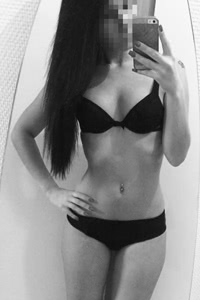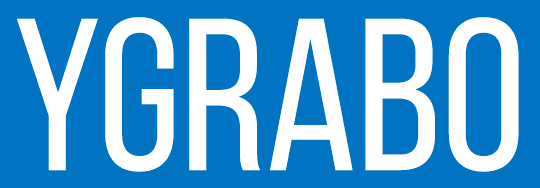If you are here, chances are you have been asked for “polas” or “polaroids” and you do not know what it is. Modeling agencies ask for them regularly or make them in the agency. It is also common that some photographers ask for them. This is “normal” in the industry and should not be confused with voyeurism.
And I tell you right away, these photos do not have much to do with cameras or “polaroid” films (but the name comes from there). Note that the word “digitals” is now often used, especially in English-speaking countries.

Examples of polaroids/digitals done in the studio for an agency or a casting (source)
What are model polaroids/digitals (for a shoot, modelling agency or casting)?
Polas/digitals are simply photos that show you in a natural way: that is, with little make-up, no sophisticated light, no retouching, no sophisticated or ample clothing which hides or accentuates your shapes (push-up jeans and bras anyone?). In a world full of make-up, “smart” clothes and Photoshop, these pictures are simple and unretouched, in order to have a “blanc canvas”. These photos have to be renewed regularly or after important changes (weight loss/gain, tattoos, pregnancy, hair cuts/color change …)
Depending on the style of shoot you are asked or you agree to make, it is up to you to remain more or less dressed:
For a pure fashion shoot, it is usual to wear a pair of shorts, leggings, jeans … and a simple tank top (see Lily Aldridge polas below). For lingerie or swimsuit shoots, it is usual to do them in… lingerie or bikini (see the polas of Doutzen Kroes below).
Finally, for nude shoots, especially “sculptural” or detail with a very precise idea, you can potentially be asked for topless polas, if you do not already have photos of this type in your portfolio (and you want to do this type of photo!). Never do completely naked polas, and make sure that the request is serious and legitimate. Just use common sense 🙂

Examples of early polaroids/digitals from Doutzen Kroes (source)
What are model polas/digitals used for?
They have several advantages: First, they can be used to choose the model (acceptance into an agency, choice of a good model by a customer for an advertisement, editorial publication, catwalk (in short: a casting) or the project of a photographer …). With up-to-date photos, one can easily appreciate the body’s morphology, the color of the skin (tanning and tanning marks), hair length and color etc., shortly before the shoot.
As a second use, the polas are handy to plan the shoot. The makeup artist can prepare or have creative ideas by observing the “real” traits and tints of the face. The hairdresser will see how the model’s hair looks. The stylist will know what to expect to prepare the necessary pieces … And the photographer will be able to see which sides to put forward or which to hide, and why not, to adapt the look of the shoot depending on the person.
Finally, all participants can simply be inspired by the photos, without being influenced or being sub-consciously guided by the photos already made by others.

Examples of early polaroids/digitals from Lily Aldridge (source)
What should model polas/digitals look like?

The selfie-pola
The photos are typically taken by someone else, in front of a wall, a wardrobe, in a corridor (see Doutzen Kroes polas above) … The pictures are often made with a standard camera (in the old days, they were done with a polaroid type of instant-camera). It is also not unusual to do polas in the studio. In the worst case, you can get by with a cell phone and a mirror. Basically, they would then be enhanced selfies 😉 It’s better than nothing!
In a small set of polas, you would find photos of the face/bust – face/profile, with hair attached/detached. Then, there are pictures of the whole body (at least one in full-length, the rest may be from the waist/torso up). These photos are again from the front, profile, “three-quarters” and possibly from behind. It is ok to pose a bit to emphasise your body. A light day make-up (foundation) is also fine. Retouching should obviously be avoided.
Of note: More and more often, presentation videos of them models are used. The models take a few steps, turn, smile and so on. Just like polas, a video can be done easily in the living room, or more “complex” in a photo studio.
Many modeling agencies have polas at hand on their websites, and these photos are updated regularly. So don’t be shocked when you are asked “can you send me recent polas, please?”
Further advice and precautions:
It goes without saying that you should not send polas to anyone you do not know at all. Whether you are contacting a photographer or agency, or a photographer is contacting you, be wary, ask the right questions, search on google, ask friends, see the models already photographed, in order to find out if everything is legitimate. Use your brain to judge whether polas in lingerie are really necessary for a fashion shoot planned with a big dress, or if photos in a bikini, from the back are useful in a casting for an ad needing closeup portraits.
Make sure you talk to the right person and not an impostor who just wants to see you in underwear.
Finally, do not send polas/digitals in underwear/bikini just yet if you do not “feel” the person or the shoot, and have doubts.
I wish you many amazing shoots,
Yannick
